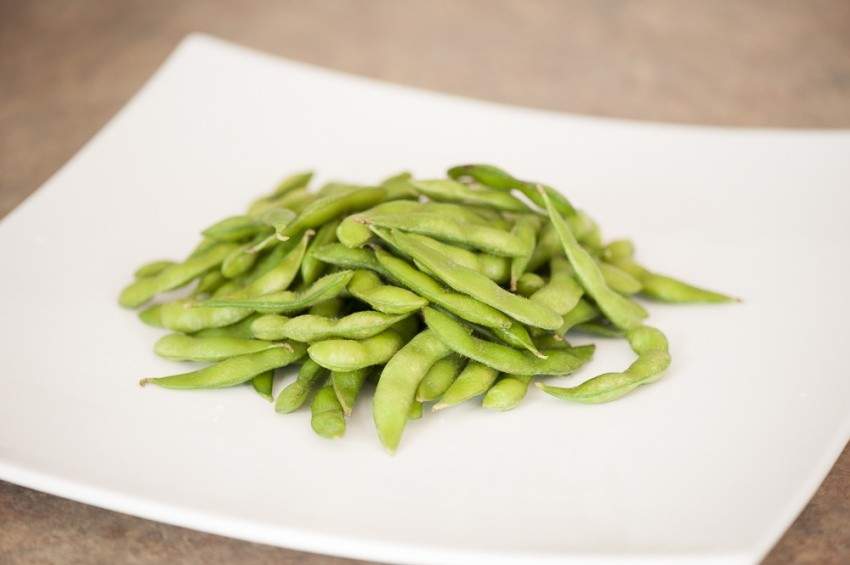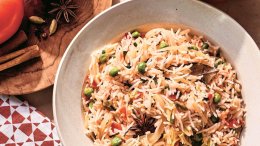It's International Hummus Day. As an ode to this humble chickpea dip, we’ve put together a list of new ways to add some extra hum to your hummus. Get those chickpeas soaking!
Swap tahini for another nut or seed butter
Hummus is traditionally made with tahini, or sesame seed paste. In its place, try using alternative nut or seed butters of your choice, which may be store-bought or homemade, if you really want to go all out. Cashew butter, almond butter, or even just good old peanut butter are all great options. Just make sure to use natural peanut butter so it isn’t too sweet. Sunflower seed butter is also an excellent choice if you are worried about nut allergies.
Use different oils
Flavoured oils are the perfect way to add depth to any hummus recipe. Complement the nuttiness of the tahini or nut butter you use in your recipe by opting for walnut oil or pumpkinseed oil instead of extra virgin olive oil. Or, give your hummus a Canadian spin by drizzling in grassy camelina oil. Don’t forget to save some extra for finishing the hummus before you serve it.
Get acidity from sources other than lemon
Given that hummus is essentially a blend of chickpeas, tahini, and oil, you need some acidity to cut all of that creaminess and richness. Lemon is a no brainer, but other forms of citrus will do the trick as well. Try grapefruit juice and zest for an unexpected sweet and sour kick. You can also use any good-quality vinegars you have kicking around. Just be mindful of their colour and potency; for example, white balsamic would be a better option than regular balsamic, unless you are aiming for dark brown hummus.
Change up the chickpeas

It might technically not be a “hummus” without chickpeas, but you can still make an equally delicious dip with other pulses. Lentils work wonders, as do black beans and cannellini beans. The key is cooking them until they are soft so that they can be pureed into a smooth paste, so you don’t want them to be al dente. Try using edamame beans like those from Canada's own MacKellar Farms, or if you want to cheat and avoid cooking all together, make edamame hummus from frozen, shelled edamame beans.
Garnish with spice blends
As excellent as well-made hummus is on its own, you can always accentuate it by finishing it off with a sprinking of various spice blends. My favourite topping is dukkah, because the blend of nuts, sesame seeds, and coriander pair so well with the flavours already in hummus. Furikake, the Japanese blend of ground nori and sesame seeds also adds unexpected texture and saltiness to even the most basic hummus recipe.
Veg it up
Vegetables shouldn’t be just for dipping when they can be part of the hummus itself; and by this, I don’t mean boring, predictable flavours like roasted red pepper. Try pureeing green, leafy veg like spinach, kale, or chard into your hummus for a snack that Popeye would definitely appreciate. Rehydrated dried mushrooms can also add an earthy, umami note. Or, combine two of everyone’s favourite Middle Eastern dips by blending in roasted eggplant for a hummus/baba ghanoush combo. Avocados or beets are other possible additions.
Baking soda is your friend
This isn’t so much a variation on hummus as it is an essential step to ensuring you produce the smoothest hummus possible, without having to peel a single chickpea in the process. After your chickpeas have soaked and are rehydrated, refrain from boiling them right away. Instead, sauté them over high heat with a teaspoon or so of baking soda first. After two to three minutes of constant stirring, you’ll see the skins start to break down. This is your sign that you can add water and bring everything to a boil. Not only will the chickpeas cook much faster with the addition of baking soda, they will also puree into the creamiest homemade hummus you’ve ever had.













